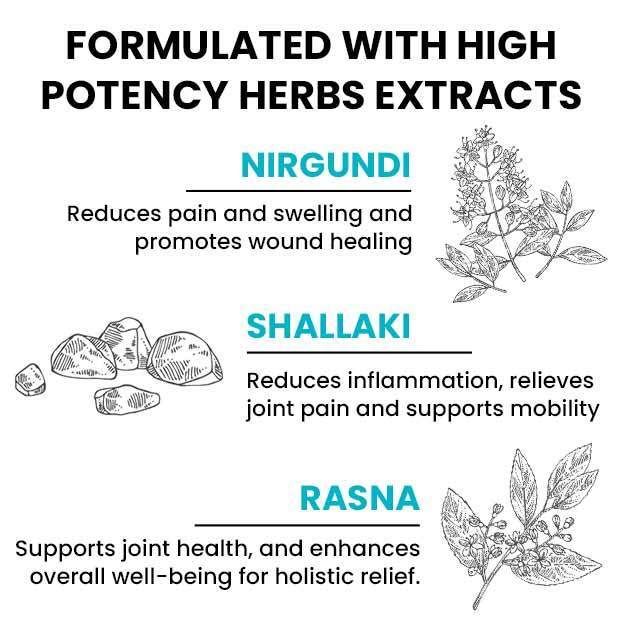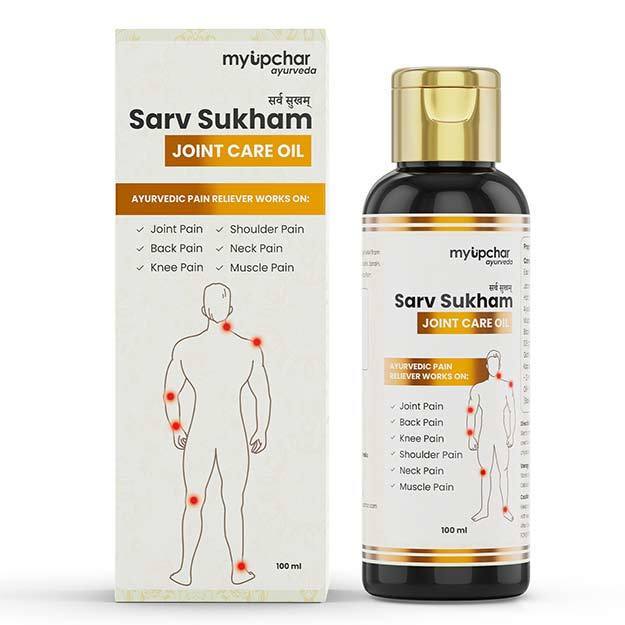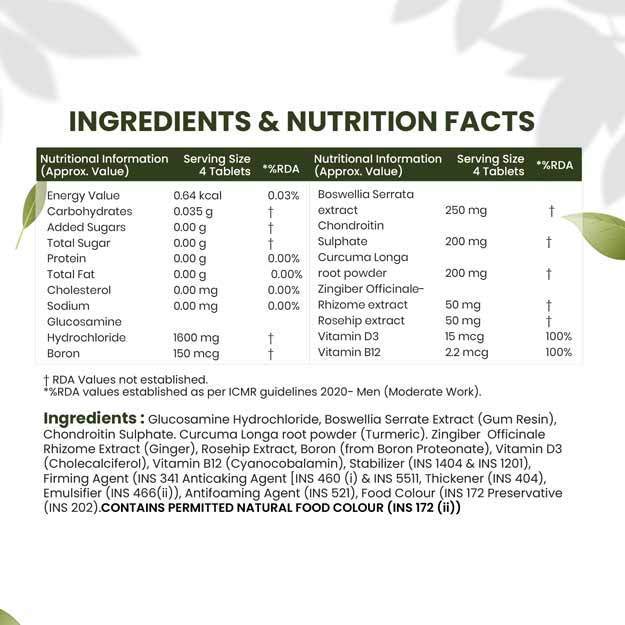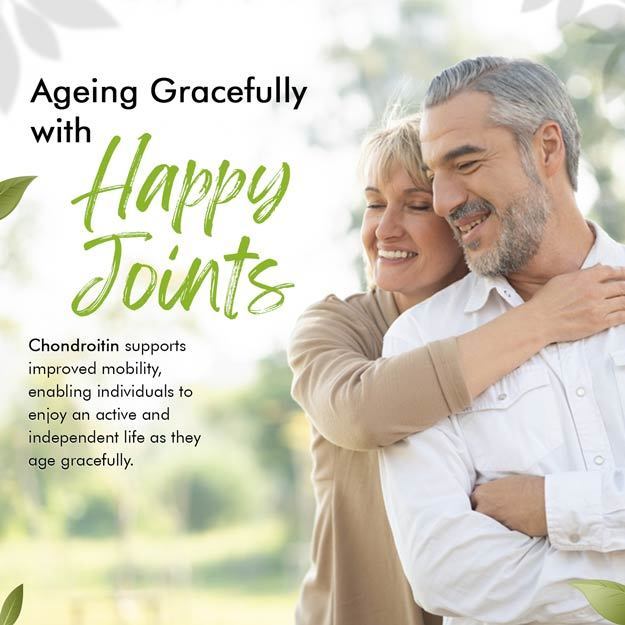You must have seen many players falling on the track after getting injured or running holding their thighs. Actually, this condition indicates damage to the player's hamstrings.
Hamstrings are a group of three muscles, which are located in the back part of the thigh and provide us strength to run and jump. The group of these three muscles is from the hips to below the knees and it allows the hip to grow, helps in bending and rotating the knees and thighs and helps in bending the shin bone. Its nerves connect the large thigh muscle to the bone.
Hamstrings are not used in standing or walking, but in any activity that involves bending the knees or putting force on the legs, the hamstrings automatically start coming into use.
Read More - (How to Relieve Joint Pain Naturally)




































